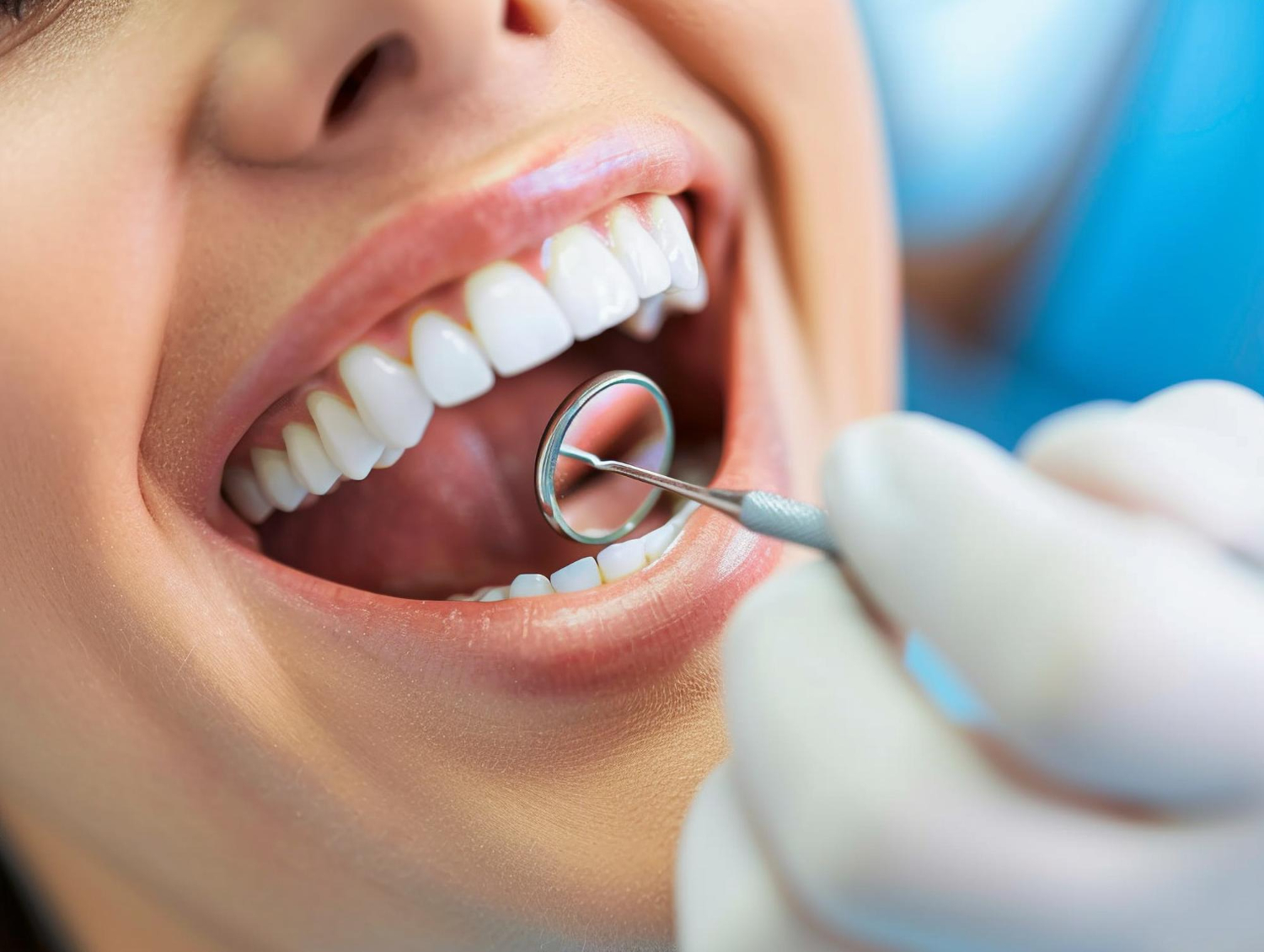Gum issues don’t always start with pain or dramatic symptoms. They often creep in quietly, showing up as minor changes that are easy to ignore. But those little shifts—whether in how your gums feel or how your mouth tastes—can be early warnings of something more serious. Catching gum problems early gives you a chance to stop them before they turn into long-term damage.
Subtle Gum Sensitivity You Might Ignore
You might notice your gums feel a little tender when brushing, but it’s easy to brush that off—literally. This subtle sensitivity is one of the earliest signs that your gums aren’t as healthy as they should be. It can feel like a slight sting or pressure during brushing, especially along the gumline. Many people blame it on brushing too hard or trying a new toothpaste, but if the feeling sticks around, it could be your gums asking for help.
Gum sensitivity often means inflammation is beginning. The tissue is reacting to plaque buildup, which leads to irritation. If left untreated, this can lead to deeper gum issues that affect not just your mouth, but your overall health. Paying attention to small changes in how your gums feel is one of the easiest ways to stay ahead of early-stage gum problems.

Small Changes in Gum Color That Signal Trouble
Healthy gums should have a natural pink tone. So if you notice a shift to red, purple, or even unusually pale shades, it’s worth paying attention. These changes often develop slowly, and the difference can be subtle enough that you only spot it in bright light or when flossing. But changes in color are a red flag that the blood flow and tissue health are being disrupted.
Discoloration happens when inflammation or bacteria begin to affect the soft tissue under the gum surface. This stage often arrives before any pain or bleeding, which makes it easy to miss. Checking your gums regularly in the mirror under good light can help you notice these color shifts early—before they evolve into something more serious that needs complex treatment.
Minor Gum Recession That Sneaks Up Gradually
Gum recession doesn’t happen overnight. It tends to sneak in over time, gradually revealing more of your teeth than you remember seeing before. You may notice your teeth look a bit longer or that there’s more space near the gumline. Even if the recession isn’t painful, it’s an early sign that your gums are pulling away due to irritation or bacteria under the surface.
Receding gums can expose sensitive parts of your teeth and eventually create pockets where plaque and bacteria hide. That makes it harder to keep your mouth clean, even with regular brushing. Early-stage gum recession can often be slowed or stopped with professional cleanings and better home care, but catching it early is the key to keeping things from getting worse.
Occasional Gum Bleeding Brushed Off as Harmless
If your gums bleed just a little during brushing or flossing, it might not seem like a big deal. A lot of people think bleeding gums are normal—especially if they’re just flossing again after a break. But even occasional bleeding is your gums waving a red flag. They’re not supposed to bleed, and doing so means inflammation has already set in.
The bleeding usually starts in areas where plaque lingers near the gumline. Once the tissue gets irritated, it becomes more fragile and reacts quickly to contact. Even if it seems like a one-time thing, it’s worth mentioning during your next dental visit. Ignoring bleeding gums can allow inflammation to spread deeper into the gums, where it becomes harder to treat.
Slight Gum Swelling You Shouldn’t Overlook
Swelling in the gums is easy to dismiss. It might feel like a puffiness or tightness around the teeth. Often, it comes and goes, making it even easier to write off. But even slight gum swelling is a sign that your body is reacting to bacteria it’s trying to fight off. It’s one of the most common early symptoms of gum trouble.
Swollen gums can lead to sensitivity and bleeding if left untreated. They also create an environment where harmful bacteria thrive, which only makes the problem worse over time. This is why it’s important to not overlook minor swelling—even if it’s painless. Regular checkups and good brushing habits can usually get it under control before it becomes a bigger issue.
Persistent Bad Taste as an Early Gum Warning
A bad taste in your mouth that lingers—even after brushing or chewing gum—can be more than annoying. It’s often a sign that bacteria are building up around your gumline. That unpleasant taste might not come with pain or visible symptoms, but it points to something happening below the surface.
As bacteria gather in the soft pockets around your teeth, they release toxins and byproducts that your taste buds notice. The longer they stay undisturbed, the stronger that taste can get. If you find yourself constantly reaching for mouthwash or mints, your gums might be sending a warning. Catching this early can save you from more complex treatment later.

Early Tooth Looseness Linked to Gum Issues
Teeth aren’t supposed to move once they’re in place. If you feel one wiggle slightly while chewing or brushing, that’s a big sign that your gums might be weakening. It often starts so subtly you barely notice, especially if it’s a back tooth that doesn’t get as much attention. But early tooth looseness can signal that your gum tissue and the structures below it are under stress.
This usually means gum disease is working its way beneath the surface. As the support system around the tooth begins to break down, you may feel a soft shift in the way your bite feels or how food chews on one side. Addressing this early with a dental exam can help stabilize the tooth and prevent future damage.
Mild Discomfort While Eating Hard or Crunchy Foods
Biting into something crunchy—like apples or chips—shouldn’t make you wince. But if you feel a little discomfort in your gums while chewing, it could be an early sign of gum inflammation. This kind of soreness is usually brushed off as sensitivity or just something stuck in your teeth, but it might be more than that.
Inflamed gums react to pressure differently, especially when food presses between the teeth and gums. If you start avoiding crunchy snacks or chew more carefully, your body may be adapting to pain you haven’t noticed fully. That’s why it’s worth bringing up even mild discomfort with your dentist. A quick dental check-up can catch early gum problems before they escalate.
Don’t Wait for Gum Pain to Show Up—Let Smiling Creek Dental Help You Catch Gum Problems Early
Gum problems rarely start with intense symptoms. It’s those subtle signs—like bleeding, swelling, or sensitivity—that tell the real story. Smiling Creek Dental knows how to spot those early warnings and create a care plan that keeps your gums strong, healthy, and pain-free. Our team doesn’t just treat symptoms—we get to the root of the issue with personalized care and expert tools.
Whether you’ve noticed small changes or just want peace of mind, the best time to act is now. Preventing gum disease is always easier than treating it later. The right dentists make all the difference in protecting your smile for years to come. Contact us today to schedule your visit with Smiling Creek Dental.


